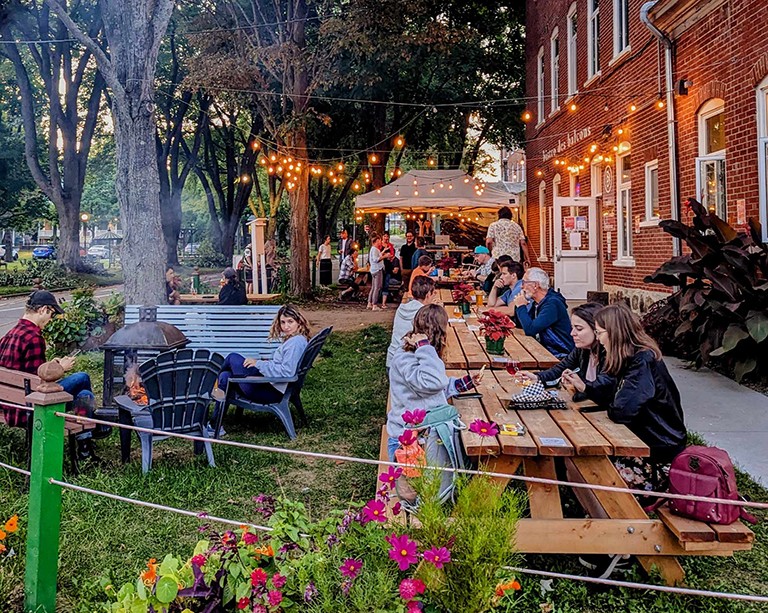Excerpt, Violence as a Generative Force: Identity, Nationalism, and Memory in a Balkan Community by Max Bergholz
On a September afternoon in 2006, while I was sifting through uncatalogued documents in the Archive of Bosnia-Herzegovina in Sarajevo, a handful of arresting words on a bundle of tattered blue folders stopped me in my tracks: “Examination of sites of mass executions in the Socialist Republic of Bosnia-Herzegovina.” The documents inside revealed that in 1983 the then communist authorities ordered a confidential, republic-wide investigation. Its objective was to gather information about all sites where the mass executions of civilians had occurred during the People’s Liberation War, which referred to the years 1941–1945. Several questions framed the investigation: How many civilians were killed in each local community, and where? What were their “nationalities” or “ethnicities”? And had these sites been marked with monuments? Local war veterans affiliated with the communist authorities surveyed each community during the next few years, and then sent the findings to their central organization in Sarajevo for analysis.
Completed in 1985–1986 (but not released publicly), the investigation’s final reports repeatedly mentioned the wartime experience of a largely unknown community: Kulen Vakuf, a small town in a rural region of north-west Bosnia that straddles the Una River, just a few kilometers from the present-day border with Croatia. There, in September 1941, the report said that as many as 2,000 people—men, women, and children “of the Muslim population”—were killed. Who exactly was guilty for their deaths was discussed in a few complicated, unclear sentences. The “Partisans,” who fought under communist leadership during the war, were declared not to have been responsible. Neither was any foreign army, such as the German and Italian forces, which invaded the Kingdom of Yugoslavia in April 1941 and dismembered the country. Nor was any role mentioned of “Serb” or “Croat” nationalist forces (i.e., “Chetniks” or “Ustašas”), which historians generally identify as among the main perpetrators of violence against civilians in this part of Europe during 1941–1945. Instead, the report named an amorphous group that has not figured prominently—or even at all—in most wartime histories as perpetrators: the “insurgents” or ustanici, who appeared to have been neighbors of those whom they killed. Yet strangely, in the decades after 1945 the communist authorities did not designate the approximately 2,000 victims in Kulen Vakuf as “Victims of Fascist Terror,” the category created for official civilian war victims. Thus, they were not counted among the region’s wartime dead, and no monument had been built for them. The report said that lack of clarity about what happened in Kulen Vakuf remained an ongoing “political problem.” Solving it—and finally breaking the public silence about the existence of these victims—would require clear and precise answers about the violence of 1941.




 Bergholz: Telling the story of Kulen Vakuf in 1941 blossomed into a way to do much more than just better explain what took place in a small town during that fateful year.
Bergholz: Telling the story of Kulen Vakuf in 1941 blossomed into a way to do much more than just better explain what took place in a small town during that fateful year.


